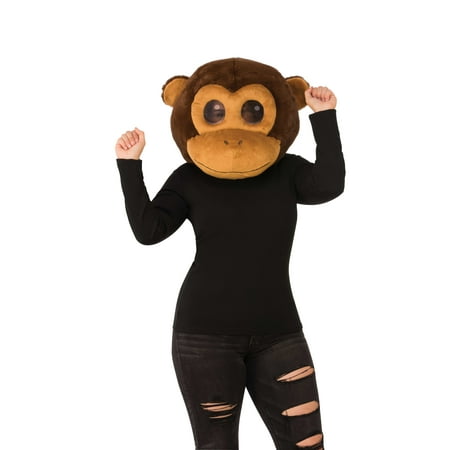Captain America 24″ Shield Adult Halloween Accessory
The perfect accessory for your Captain America costume from the Captain America Civil War movie. Plastic 24-inch shield. has straps on inside for ease of grip. Just the accessory you need for Halloween, parties, plays, and other fun holiday productions and festivities.Due to seasonal volume, please review shipping/delivery date options closely.


The perfect accessory for your Captain America costume from the Captain America Civil War movie. Plastic 24-inch shield. has straps on inside for ease of grip. Just the accessory you need for Halloween, parties, plays, and other fun holiday productions and festivities.Due to seasonal volume, please review shipping/delivery date options closely.





Reviews
There are no reviews yet.